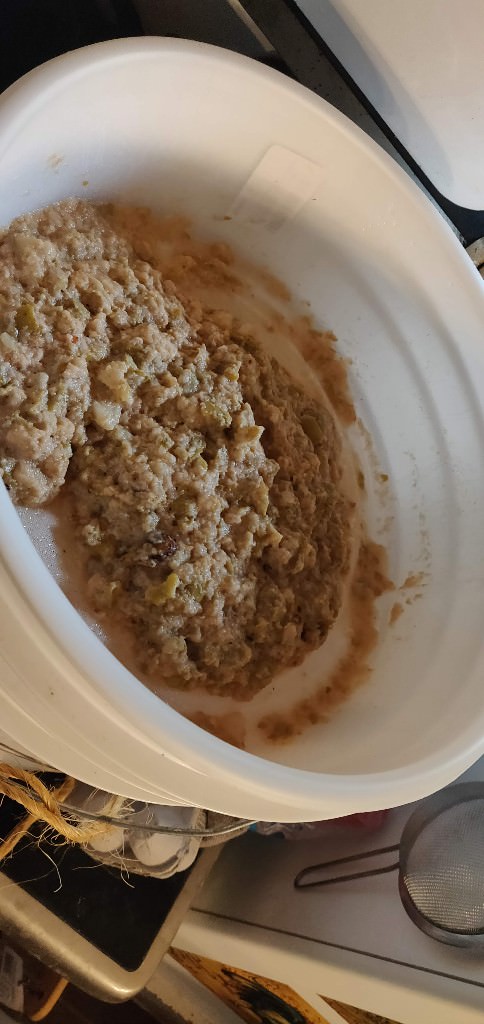Jennifer Patterson
Member
SO I have a batch of grapes in my primary, they were pressed, the juice put into the primary and the crushed pulp put into a bag, then into the primary. I pitched my yeast yesterday, today I see the bag opened up and the pulp is floating. I am assuming this is OK for now, but when It comes time to transfer to the secondary, what is the easiest way to strain it? Just a colander with cheesecloth or something? Like jelly?


































![[Upgraded] 9Pcs Tree Root Growing Box with Drain Holes, Half Transparent Plant Rooting Propagation Ball & Metal Core Twist Ties, for Fast Propagation Plants (Size M)](https://m.media-amazon.com/images/I/514MWQxtWOL._SL500_.jpg)









